After a grey start, there was a spectacular sunset around midnight on the second of my two days in Reykjavik. It's what brings one of Iceland's most brilliant younger-generation talents, pianist Víkingur Ólafsson (and yes, he's worked with Björk), back to his homeland every June. He launched Reykjavík Midsummer Music in 2012, the first full year of programming at Olafur Eliasson's ever amazing Harpa concert halls and conference centre on the harbour. Clearly Ólafsson relishes working with distinguished friends, but he also happens to be a programme-maker of genius whose ideas work as well in practice as they do on paper.
Take the first evening of this year's festival. There couldn't be too many regrets that we moved from one interior – Harpa’s Norðurljós Recital Hall - to another, tiny Mengi up the hill, when the weather outside remained grey after the rains, and in any case everything was connected. You just had to imagine infinite space, which wasn't difficult given the choice of repertoire. “Wanderer” was the 2016 theme, into which framework every work may fit according to Ólafsson’s imagination, though there’s no need to press the case in each instance.
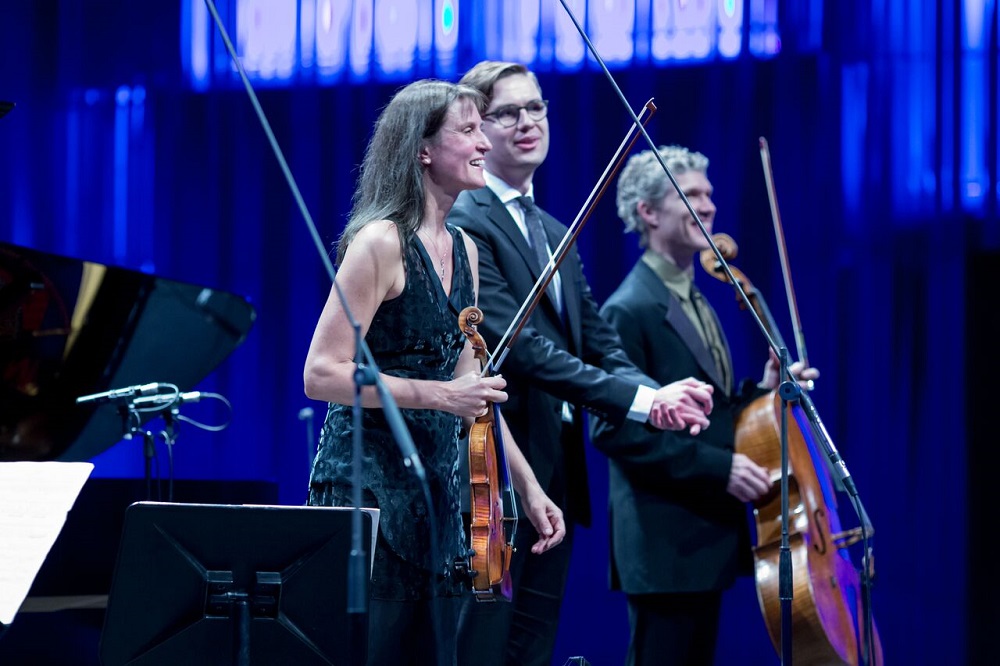
Sufficient it was that in Thursday night’s interstellar wanderings, we began at 8pm with the ravishments of Ravel’s Introduction and Allegro and ended at midnight with Debussy’s Sonata for flute, viola and harp. The centrepoint was a majestic, slightly cool performance of Ravel’s Piano Trio with Ólafsson, crystalline in the French repertoire, joined by Viktoria Mullova and her partner, cellist Matthew Barley. Ólafsson (pictured above with them) had struck a deal: he played with them in Germany not long before, would they return the compliment in his homeland? They did, and stayed for longer, meeting up with Ólafsson again in the Schubert Second Piano Trio the following night.
Cosmic wonders were expressed in two unforgettable performances. Ólafsson premiered a new piano piece by Skúli Sverrisson, Miranda, about the absence of gravity in outer space. It struck the listener as hauntingly simple, and a bit like Ravel’s "Ondine" in Gaspard de la Nuit in its interplay of left-hand melody and right-hand incandescence. But the upper-register starriness, Ólafsson assured me, was a subtly shifting pattern that proved the very devil to get absolutely right. It didn’t sound it. And why have I never heard Kaija Saariaho’s Lichtbogen before? It’s a relatively early work from 1986, a response to the Northern Lights, which you wouldn’t need to know to register its extreme refinements, the treble on the threshhold of what the human ear can take (the ensemble conducted by Bjarni Frímann Bjarnason pictured below).
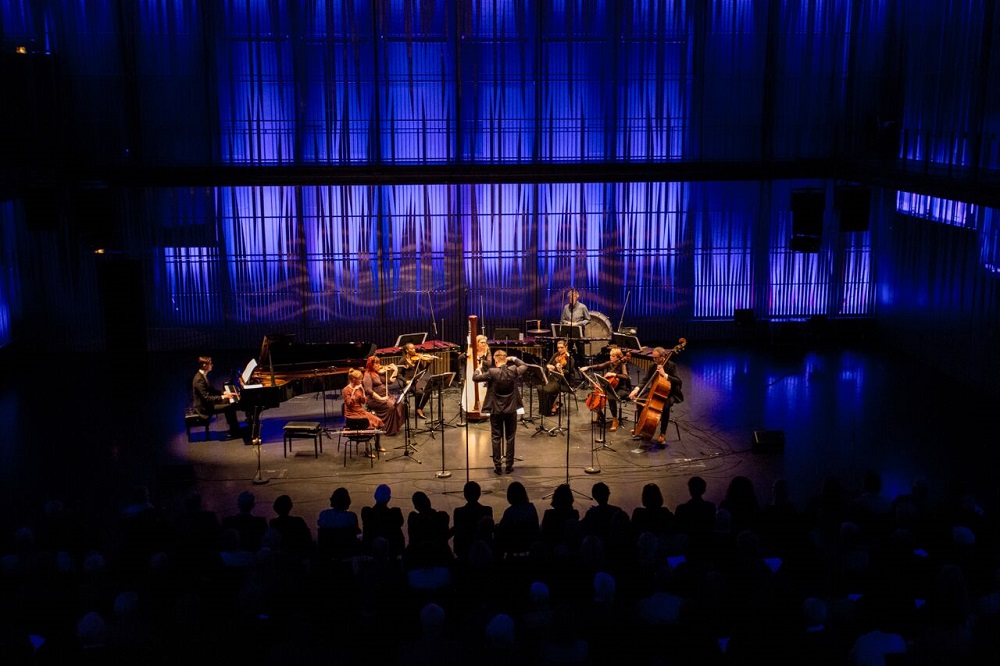
Like the first Ravel piece, it seemed to float in the marvellous acoustics of Norðurljós, bathed in purple rather than the Aurora Borealis colours I witnessed there at the Dark Music Days festival two Januaries earlier (after all, the hall does take its name from the Northern Lights, just as the main auditorium, Eldborg, pays homage to a caldera I've climbed and is bathed in lava red). As for the all-contemporary programmes, a packed audience of all ages, mostly Icelandic, came along to satisfy various curiosities – not bad for a national population of 330,000. Ólafsson, incidentally, is well known in Iceland, not least because he presented a TV programme. The three girls with whom I shared a lift back from the old parliament site and rift valley of Þingvellir on the Friday afternoon all knew him.
The late-night trio-plus programme, in what must be called a space rather than a venue, homed in on the extraordinary talents of five of the players in an impressive line-up. Symmetry in the shape of Takemitsu’s And then I knew ‘twas Wind first, Debussy’s Sonata last, gave the odd impression that Debussy took from Takemitsu for some of his sounds, rather than the other way round. I’ve never heard a more supernaturally beautiful sound from a viola than the one Jennifer Stumm made at the start of the Debussy.
In between, clarinettist Arngunnur Árnadóttir managed the near-silences of Messiaen’s Abîme des oiseaux from the Quatuor pour le fin du temps as ineffably as I’ve ever heard, and Ólafsson gave a charming introduction – he should speak more throughout the festival – to Takemitsu’s singular transcription of Lennon and McCartney’s Golden Slumbers, telling of his troubles in tracking it down. He’d seen a veteran Japanese pianist playing it on YouTube, but couldn’t extract the manuscript from Japan owing to copyright wrangles. So he transcribed it by ear. What a magical couple of minutes of suspensions and consonances, again touching on the outer reaches of space between the standard lines of the song.

If only I could have been in Reykjavík for the full four days of the festival – more Messiaen birdsong called in Aldeburgh, a once in a lifetime chance – I would no doubt have got to know the players better. Ólafsson had spanned the decades in his choices of performers. The youngest, generously championed, was multi-talented Bjarni Frímann Bjarnason, whose piano-playing and conducting we witnessed, but not his skill on the viola nor his composing. The oldest had to be Ólafsson’s teacher at the Juilliard School, 84-year-old Jerome Lowenthal, a disciple of Alfred Cortot among others. He came with his partner Ursula Oppens (pictured above at the harmonium with Arngunnur Árnadóttir and Melkorka Ólafsdóttir), whom I remember playing the Elliott Carter Piano Concerto in Edinburgh in the 1980s.
 Lowenthal and Oppens were to play a major part in one of the programmes I couldn’t stay for (Ives, Cage, Bartók – whose Out of Doors in Lowenthal’s recording Ólafsson insisted I hear – and Crumb). Oppens did take a discreet role on the harmonium in Schoenberg’s chamber arrangement of Mahler’s Lieder eines fahrenden Gesellen on Friday evening in the Eldborg auditorium, a space perhaps rather large for chamber musicians. The astonishment here was Kristinn Sigmundsson’s Lieder-singing mastery (pictured right). I’ve seen him as Mozart’s Commendatore and in various Wagner roles, but who outside Iceland knew that this is one of the great song performers?
Lowenthal and Oppens were to play a major part in one of the programmes I couldn’t stay for (Ives, Cage, Bartók – whose Out of Doors in Lowenthal’s recording Ólafsson insisted I hear – and Crumb). Oppens did take a discreet role on the harmonium in Schoenberg’s chamber arrangement of Mahler’s Lieder eines fahrenden Gesellen on Friday evening in the Eldborg auditorium, a space perhaps rather large for chamber musicians. The astonishment here was Kristinn Sigmundsson’s Lieder-singing mastery (pictured right). I’ve seen him as Mozart’s Commendatore and in various Wagner roles, but who outside Iceland knew that this is one of the great song performers?
Even throughout the range, with no need for falsetto at the very top of the range, ideally relaxed and using minimal gesture to express emotions, Sigmundsson drew us at the start of the programme’s second half with wandering – not meandering – songs by Schumann and Wolf. He and Ólafsson, an exemplary Lieder partner, took us from the intimacy of Schumann’s “In der Fremde” to the rampage of Wolf’s “Feuerreiter”, its fiendish piano part holding no fears for Ólafsson. Mahler’s Wayfarer Songs are a stretch at the top of the register even for a standard baritone, so Ólafsson had transposed them down a third, but they still sounded idiomatic, the heartbreak at the end of the second and fourth songs ineffably done.
So it was out to witness an exceptional sunset, and eventually to take a leisurely stroll in the afterglow back to the hotel on the other side of Reykjavík’s domestic airport, where the shrieking, dive-bombing redshanks had fallen silent but there was still birdsong at 12.40am. At 3.30am on Sunday morning I would be in a different haunting landscape, the marshes of Snape, for the dawn chorus, but there’s nowhere in the world like Iceland outside its capital city (a long-postponed wish, to see where the North American and Eurasian tectonic plates are pulling apart at Þingvellir, was finally realised on the last full day). No need for encouragement to return for Reykjavík Midsummer Music next year – and thanks to our discussion about old masters, 75-year-old pianist İdil Biret should be guest of honour in 2017. How typical of Ólafsson’s receptivity to ideas, and his energy in realising them.

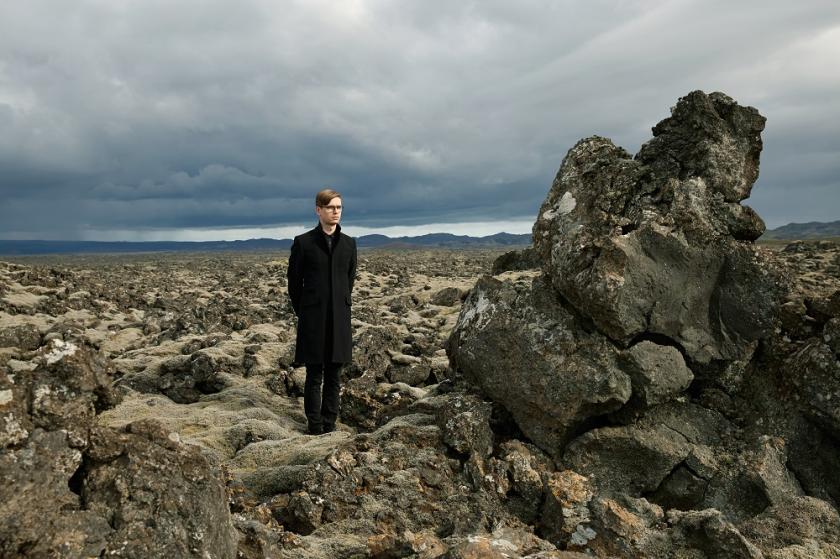
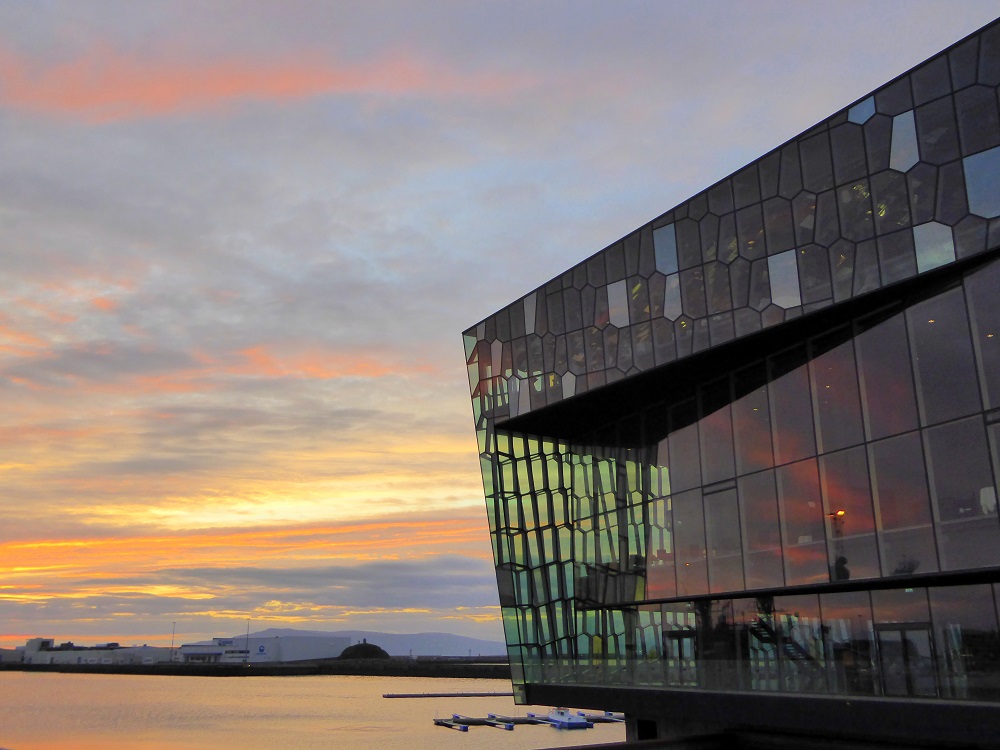









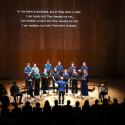
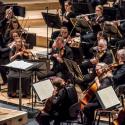
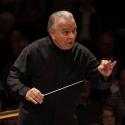
Add comment